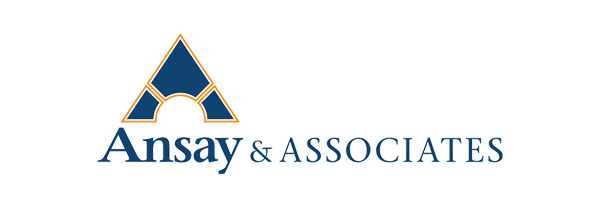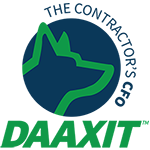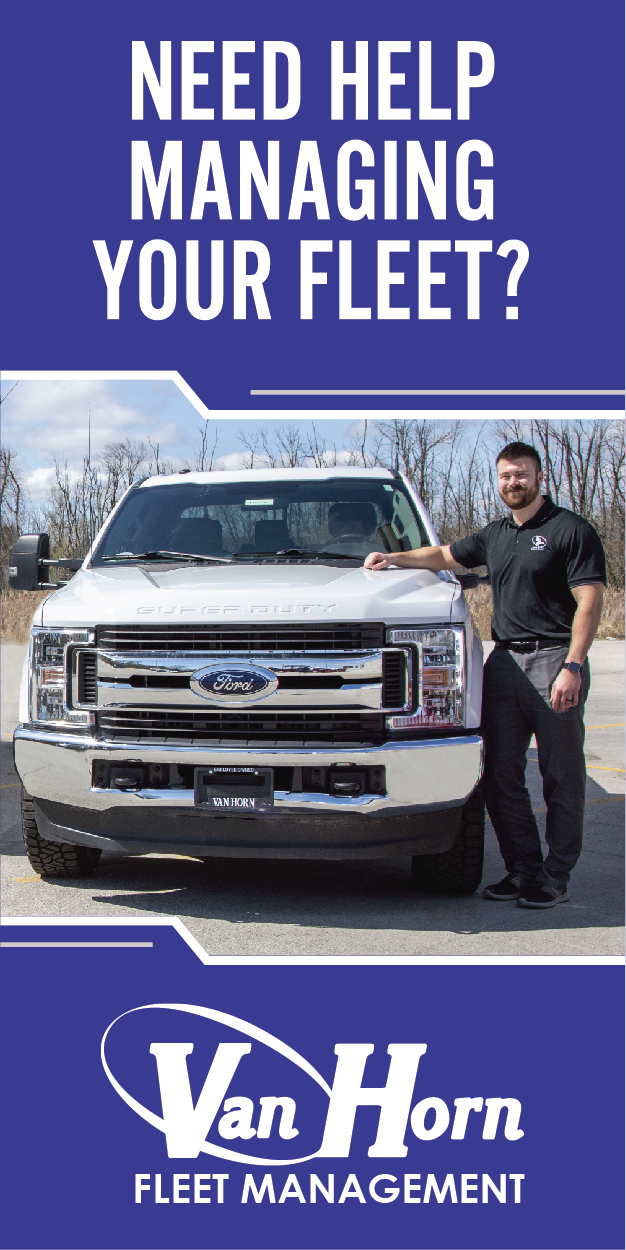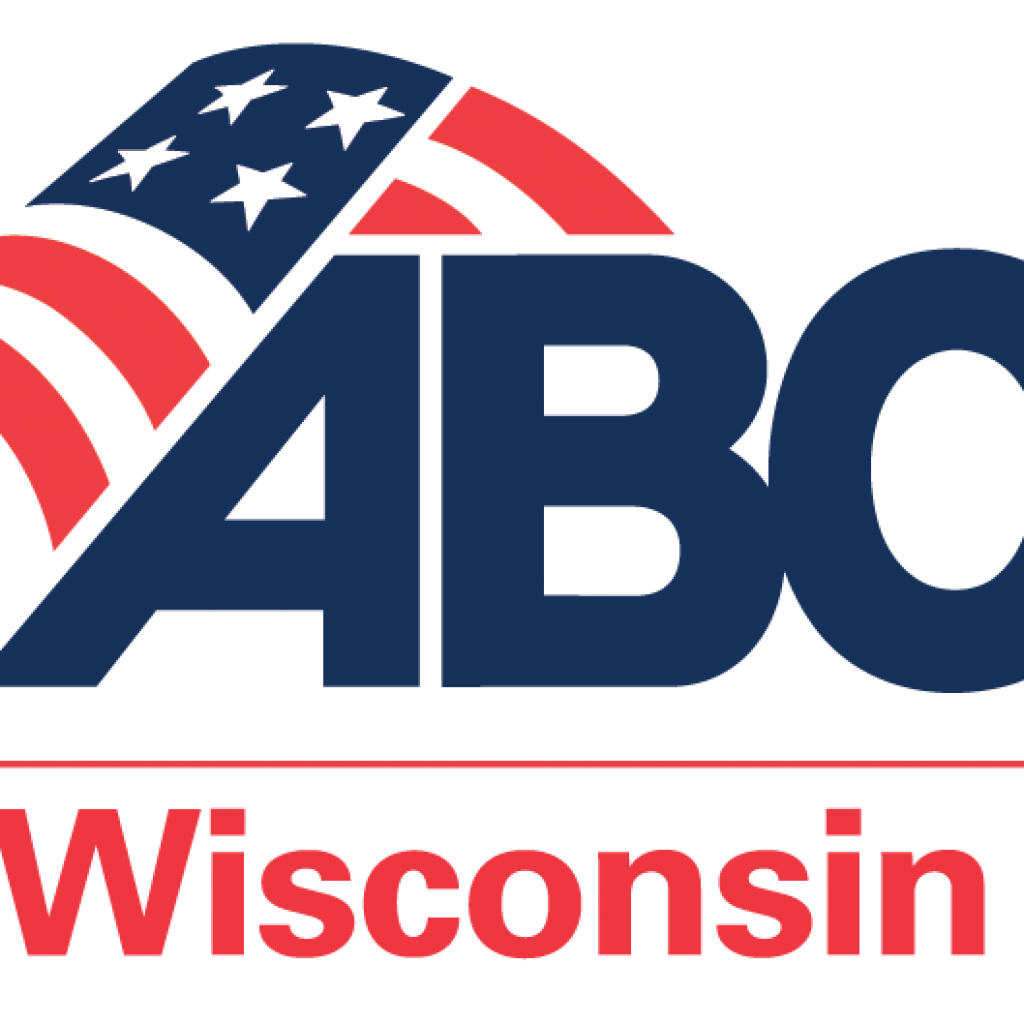By Ken Alderden, Senior Safety Consultant, Sentry Insurance
Whether your business uses large trucks to move heavy equipment, or small vehicles to carry employees to a site, getting there and back poses several safety risks. Let’s review what an effective fleet safety program looks like—and more importantly, how it can help reduce employee injuries and protect your bottom line.
The cost of accidents
Vehicle crashes are the number one cause of work-related deaths in the United States, with driver error factoring into 94 percent of all crashes. 2020 saw an increase in traffic fatalities, even with fewer drivers on the road as a result of the COVID-19 pandemic. In Wisconsin, roadway deaths increased more than during any other year in the past five years, except 2017.
Nationwide, these accidents cost businesses about $25 billion dollars each year. That figure includes vehicle repairs, third-party medical costs, employee injuries, and lawsuits. If your drivers are involved in accidents, you could also face:
- Lowered employee morale
- Negative customer perceptions
- Hikes to your auto liability premiums
- Increased difficulty securing insurance coverage
- Adjustments to your umbrella policy limits
Create a fleet safety program
While the risk is clear, so is the path forward. Establish an effective fleet safety program to help keep your costs down. Your plan should include effective management of vehicles, and the people you hire to drive them. This helps you reduce the risk of motor vehicle crashes, protect employees, and lower the potential for damage. Your program should include procedures regarding:
- Defensive driving
- Distracted driving
- Seatbelts
- Crash and incident response
In addition to those topics, begin by:
- Establishing a company policy that includes specific safe driving objectives for workers who use company-owned vehicles or their own vehicles for company business.
- Prohibiting employees from using company vehicles for personal use, or limiting that use to the employee and their spouse.
- Communicating your interest in safety to all your employees through a personal interview, letter, memo, or bulletin board notice.
- Evaluating the effectiveness of your safety program each year.
Regular safety meetings can also improve your overall training effort. Frequent meetings give your drivers the opportunity to compare notes and discuss their concerns. This also allows you to re-state and emphasize critical points of your vehicle operations.
You can reinforce the importance of your motor vehicle safety program when you and your management team lead by example. Employees will see how seriously you follow the program, and they’ll understand what you expect as their employer.
Hire the right drivers
Of course, hiring quality drivers goes a long way in maintaining your safety program. If you don’t screen drivers carefully, you could expose your company to a liability suit. Consider each applicant’s:
- Job application: Obtain a driver’s license number, expiration date, and accident history.
- Interview: Discuss prior accidents, violations, and your company’s vehicle safety policy.
- References: Verify prior experience.
- Motor vehicle record (MVR): Examine their driving history since it’s usually indicative of future performance.
- Driving test: Observe the applicant performing the necessary driving skills for your vehicles and routes.
Keep this information in a driver file for future reference and reevaluation. In addition, establish a proper training program, not just as initial instruction for new hires, but as a refresher course for experienced drivers and as a remedial course for less-skilled drivers.
You should also monitor driver performance by identifying high-risk operators through:
- Telematics, like drive cameras and GPS tracking, as permitted by law
- Vehicle inspection and maintenance
- Accident analysis, reporting, and driver records
Participate in the Sentry dividend program
The ABC of Wisconsin has an exclusive partnership with Sentry Insurance. Together, we encourage worker safety programs and reward members who run safe businesses. Members qualify for a dividend program through Sentry Insurance.
A group of members receive a dividend each year based on the group’s performance. The dividend applies to non-workers’ compensation insurance package lines—excluding equipment breakdown and umbrella coverage. In 2020, the loss ratio was 37 percent, which led to a total dividend payout of $386,000 to participating members. Remember, dividends are not guaranteed and must be approved by the board.
Why not lower your business’s risks and earn money doing it? Contact the ABC of Wisconsin if you’d like to learn more details.
The importance of insurance coverage
While you can take all the necessary safety precautions at your business, other drivers on the road might not, so it’s important to cover your business. Since accidents and injuries can be costly, proper insurance coverage allows you to avoid a dramatic negative impact on your bottom line.
Your commercial auto policy shouldn’t be the same as every other business auto policy. Whether you need coverages like collision, comprehensive, and liability, or you need something extra, ask your insurance provider for details on coverages that could be appropriate for your business. That way you can help protect all that you’ve worked for and built.
As always, the tips found in this article are only a start. Consult your local experts for more guidance regarding your fleet safety program.
Ken Alderden is a senior safety consultant for Sentry Insurance. Sentry is the exclusive insurance program of the ABC of Wisconsin. Visit sentry.com to learn more.

